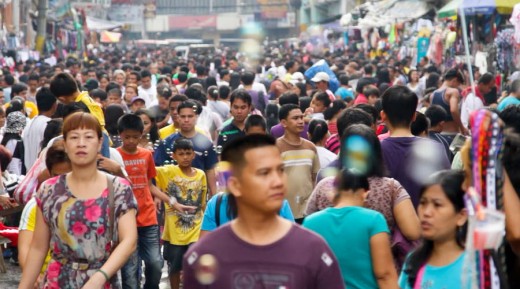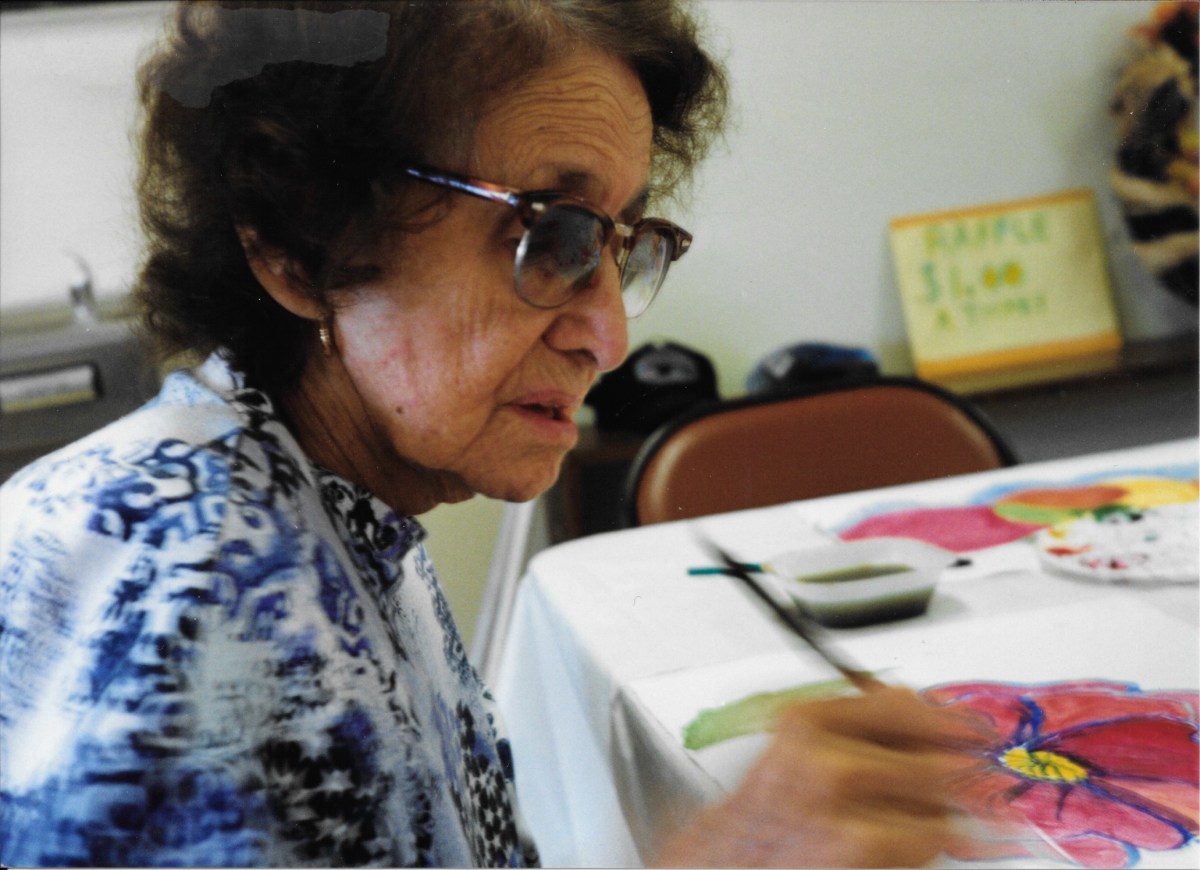Determinants of Life Expectancy in the Philippines

Philippine health status indicators show that the country lags behind most of South-East and North Asia in terms of health outcomes. While rapid enhancements were seen during the last three decades, these have slowed in recent years. In concept, health care in the Philippines is universal. However, in practice, access to doctors and hospital treatments are restricted. Many of the remote smaller islands have fewer doctors and no hospitals. Private medicine is available but poorer Filipinos are unable to afford better health care system by the private sector.
The resulting two-tiered system favors wealthy and those individuals employed in the cities. Thus, this often leaves the poor with inferior facilities and treatments, resorting to utilizing traditional remedies for common ailments. As for public health, public health services in the Philippines are delivered to communities by local government units providing technical assistance. Problems persist with the quality and effectiveness of these services. The solutions to improve health outcomes through various reforms in the public health system are endlessly being pursued.
People who live in more democratic societies, which are assumed to empower people with more autonomy, have longer life expectancy and lower mortality rates than those people who live in more autocratic societies according to American Library of Medicine. It is assumed that a democratic country would readily recognize citizen's rights to voice and act on political opinions; and therefore, would provide public services that are more closely tied to social needs.
However, the case is not the same in the Philippines, which is also a democratic country. The average person residing in the Philippines has a life expectancy at birth of 66.95 years and the said estimation is almost five years shorter than the global average of 71.4 years. The average life expectancy of Filipino men is about 63.91 years compared to the worldwide average of 69.1 years while the average life expectancy of Filipino women is about 70 years compared to the global benchmark of 73.8 years for females.
1. Age dependency
A larger number of children and elderly members suggest a smaller number of earners in the household. Age dependency ratio measures the burden on members of the labor force within the household. Families with dependent members often experience a “compression” of their living standards due to two main factors: the reduced capacity to work for the family members who have to settle care and work; and the fact that high age dependency ratio entails higher expenses for routine activities, especially for health related costs.
One major challenge comes from the projected significant increase in the number of elderly and the fast increase in their aggregate consumption that would consequently follow. On the bright side of increased elderly population, increasing old-age dependency was expected to decrease in youth dependency, along with fertility. If the population continues to grow fast, the percentage of the young dependents would persist to be high. This would hinder the saving rate of the elderly, particularly when the elderly is not just supporting a family but also extended family.
2. Access to improved water source
Safe water or improved water means that the water is piped into a dwelling, plot or yard, standpipes, boreholes, protected dug wells, and springs. Rainwater collections are also protected from exogenous contamination. Contaminated water is said to be linked to transmission of dangerous diseases such as cholera, diarrhea, dysentery, hepatitis A, typhoid, and polio. Absent, inadequate, as well as inappropriately managed water and sanitation services, expose individuals to preventable health risks. Access to improved water source had been found to be one of significant determinants of life expectancy across developing countries as many African and Asian countries experienced dramatic improvement in life expectancy that was brought about by access to improved water source in the mid-twentieth century.
3. Carbon dioxide emissions
Air pollution from rapid industrialization and the use of energy had been recognized to be causes of serious health problems. Sulfur and carbon dioxide emissions from the burning of fossil fuels are said to be contributing significantly to pollution and affecting the health of individuals. Even so, carbon dioxide emissions contribute most to global climate change. Aggregate carbon dioxide emissions would decrease life expectancy by about 0.01 years. When carbon dioxide emissions are reduced from power plants and vehicles, other pollutants, such as sulfur and nitrogen emissions, are also reduced.
4. Primary education
The improvement in life expectancy is the result of better working and living environments, maternal care, increasing education, and rising per capita income. Primary school enrollment refers to the number of kids in primary school or elementary. Education is recognized as an imperative for attaining inclusive growth and development, along with the acceleration of poverty reduction. Investment in the schooling of children and youth in developing countries is widely recognized as essential for adult productivity and wages, psycho-social, physical health, well-being; and especially marriage outcomes.
Filipinos have deep regard for education, which they view as one of the main avenues for social and economic advancement. A clear evidence of the value placed on education is the proportion of the national government budget going to the sector. The Department of Education (DepEd) is given the highest budget allocation among government agencies each year as required by the 1987 Philippine Constitution.
5. Food production
As for the developing countries in Asia, food security issue is a field of suitable food production, stable food supply, and access of every household to food bundles of proper nutrition at all times. Sustainable food production systems must ensure adequate and supply; while adequate distribution and purchasing power of consumers ensure unconstrained access. The Philippines remained predominantly agricultural in spite of the declining share of the sector to the country’s national income. Declining agricultural productivity, continuing increase in the prices of staple foods, and global climate change had caused concern for food security for the growing population in the country. Rice crisis in 1995 and the food crisis in 2008 bear witness to the urgency of food security policy formation.
6. Crime
In the Philippine setting, every news is loaded with all sorts of crime such as murder, theft, kidnapping, robbery, and other crimes. Rapid urbanization, industrialization, and migration to the cities were major factors that contribute to higher crime rates in Philippine urban centers. Urban blight in the country was essentially the result of a sudden, unprecedented migration of people from rural to urban areas. This unplanned urbanization likewise heightened the observable rural-urban disparities in growth, straining resources; and created problems in the internal city and metropolitan area.
With the development of the economy through industrial investments and with infrastructure support concentrated in big cities like Manila, Cebu, and Davao;labor, capital, and entrepreneurial talents had been attracted to the centers. Inequalities in resources, opportunities, power, and access to social status rewards create alienation and frustration; and develop into subcultures of violence that leads to crime. While the law enforcers’ primary task is to prevent, suppress, and control crimes by all possible means, crime cannot be controlled without the genuine interest; and participation of other government agencies, schools, families, business, and social organizations.
7. Unemployment
An increase in unemployment rate reduces overall life expectancy in both developed and developing countries. Unemployed Filipinos are considered unemployed based on two criteria: either they do not have a job or they are currently looking for a job; except for housewives, students, retired workers, and disabled persons who are considered to be not part of the labor force. Despite of the fact that employment in the Philippines had been growing fast for the past decade, still, many Filipinos are jobless. The employment growth rate was recorded to be almost 50% at the beginning of the twentieth century, mainly on industrial, agricultural, and services sectors.
However, in 2000, the country’s population was quickly rising. This proved that employment growth was not enough to decrease the number of unemployed due to the rapid growth in population, a rise in the labor force participation, and the slow formation of jobs. The country's uneven employment market had traditionally led millions of Filipinos to seek better paying jobs overseas.
© 2019 Thea Abella








